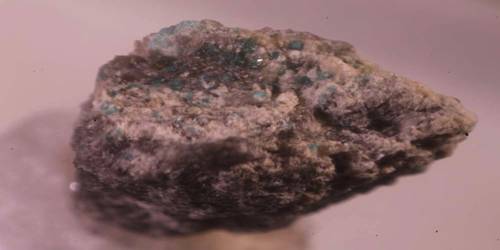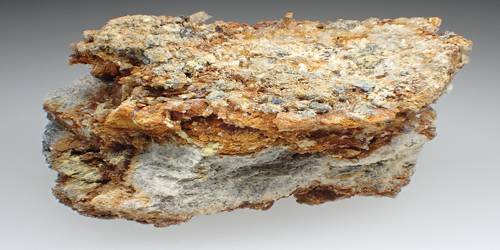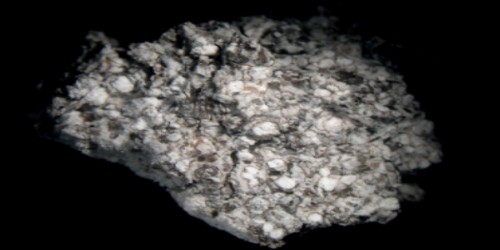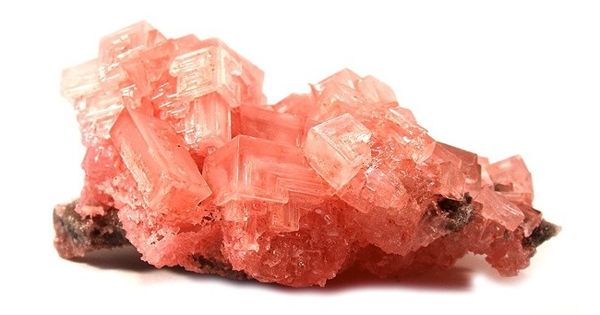Palladium has the chemical symbol Pd and the atomic number 46. It is a rare and gleaming silvery-white metal discovered by the English chemist William Hyde Wollaston in 1803. It is a gleaming, silvery metal that is used in a variety of manufacturing processes, most notably in electronics and industrial products. It is also useful in dentistry, medicine, chemistry, jewelry, and groundwater treatment.
Palladium has the lowest melting point and is the least dense of the platinum group metals. It can be found in Ethiopia, Australia, the Ural Mountains, and South and North America alloyed with gold and other platinum-group metals.
Physical properties
It is a precious gray-white metal, palladium is extremely ductile and easily worked.
- Phase at STP: solid
- Melting point: 1828.05 K (1554.9 °C, 2830.82 °F)
- Boiling point: 3236 K (2963 °C, 5365 °F)
- Density (near r.t.): 12.023 g/cm3
- when liquid (at m.p.): 10.38 g/cm3
- Heat of fusion: 16.74 kJ/mol
- Heat of vaporization: 358 kJ/mol
- Molar heat capacity: 25.98 J/(mol·K)
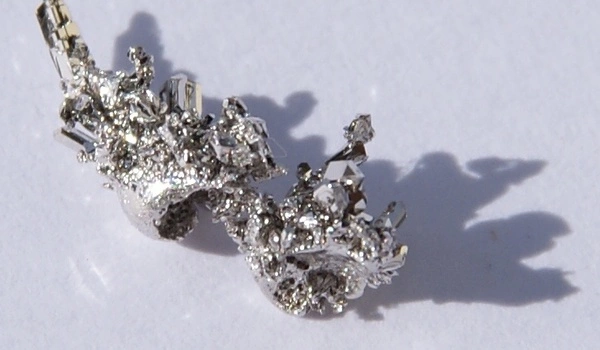
Palladium and other PGM ore deposits are extremely rare. The most extensive deposits have been discovered in the Bushveld Igneous Complex’s norite belt, which encompasses the Transvaal Basin in South Africa, the Stillwater Complex in Montana, the Sudbury Basin, and Thunder Bay District in Ontario, Canada, and the Norilsk Complex in Russia. Recycling, mostly from scrapped catalytic converters, is another source. Because of the numerous applications and limited supply sources, there is a high level of investment interest.
More than half of palladium’s and platinum’s supply is used in catalytic converters, which convert up to 90% of the harmful gases in automobile exhaust (hydrocarbons, carbon monoxide, and nitrogen dioxide) into harmless substances (nitrogen, carbon dioxide, and water vapor).
Occurrence
Russia was the top producer of palladium in 2016, with 82,000 kilograms, followed by South Africa, Canada, and the United States. Norilsk Nickel, a Russian company, is the world’s largest palladium producer, accounting for 39% of global output.
The majority of the world’s supply of this rare metal, which has the atomic number 46 on the periodic table of elements, comes from mines in the United States, Russia, South Africa, and Canada.
Palladium can be found in placer deposits of the Ural Mountains, Australia, Ethiopia, and North and South America as a free metal alloyed with gold and other platinum-group metals. These deposits play a minor role in palladium production. The most important commercial sources are nickel-copper deposits in Ontario’s Sudbury Basin and the Norilsk–Talnakh deposits in Siberia.
Application
Palladium is most commonly used in catalytic converters today. Palladium is also used in jewelry, dentistry, watch manufacturing, blood glucose test strips, aircraft spark plugs, surgical instruments, and electrical contacts. Palladium is also used in the manufacture of transverse (concert or classical) flutes. Palladium bullion has the ISO currency codes XPD and 964 as a commodity. Palladium is one of only four metals with such codes, along with gold, silver, and platinum. Palladium was a key component of the contentious cold fusion experiments of the late 1980s because it adsorbs hydrogen.
Palladium is a critical component in electronics and is used in a variety of new technologies, including fuel cells. It has piqued the interest of investors as a commodity because it cannot be easily substituted for other metals. The element, for example, is a critical component of catalytic converters. Palladium, platinum, rhodium, ruthenium, iridium, and osmium are members of the platinum group metals (PGMs).
Additionally, palladium is used in electronics, dentistry, medicine, hydrogen purification, chemical applications, groundwater treatment, and jewelry. Palladium is an important component of fuel cells, which use hydrogen and oxygen to generate electricity, heat, and water.

